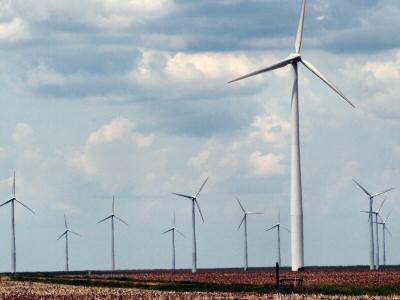Category: Kansas state government
-

Rural Kansans’ billion-dollar subsidy of wind farms
In addition to receiving taxpayer subsidies and benefiting from mandates to buy their product, wind power producers largely escape the burden of property taxes, writes Dave Trabert of Kansas Policy Institute.
-

State employment visualizations
There’s been dueling claims and controversy over employment figures in Kansas and our state’s performance relative to others. I present the actual data in interactive visualizations that you can use to make up your own mind.
-

Special interests struggle to keep special tax treatment
When a legislature is willing to grant special tax treatment, it sets up a battle to keep — or obtain — that status.
-

Open Records in Kansas
Kansas has a weak open records law. Wichita doesn’t want to follow the law, as weak as it is.
-
College costs in Kansas: Rising by more than a tad
Have college costs exceeded the rate of inflation by just a “tad,” as claimed by a Kansas college professor?
-
The death penalty in Kansas, a conservative view
What should the attitude of conservatives be regarding the death penalty?
-
Kansas government grows faster than private sector
n Kansas, government has grown faster than the private sector. Milton Friedman explains why it’s best to leave spending in the private sector.
-
Kansas legislative briefing book for 2014
Kansas Legislative Research has released the 2014 edition of the Legislator Briefing Book.
-
Kansas gross domestic product
Kansas is right about in the middle of the states for growth in gross domestic product.
-
Job claims in Kansas addresses
How can conflicting jobs claims made by two Kansas leaders and candidates for governor be reconciled?
-
Kansas legislative documents
As the Kansas Legislature begins its 2014 session today, citizens who want to keep track of the happenings have these resources available.
-
Two legislative reforms that would benefit Kansans
Kansas Representative John Rubin proposes two reforms to legislative procedure that, I believe, would improve the process.